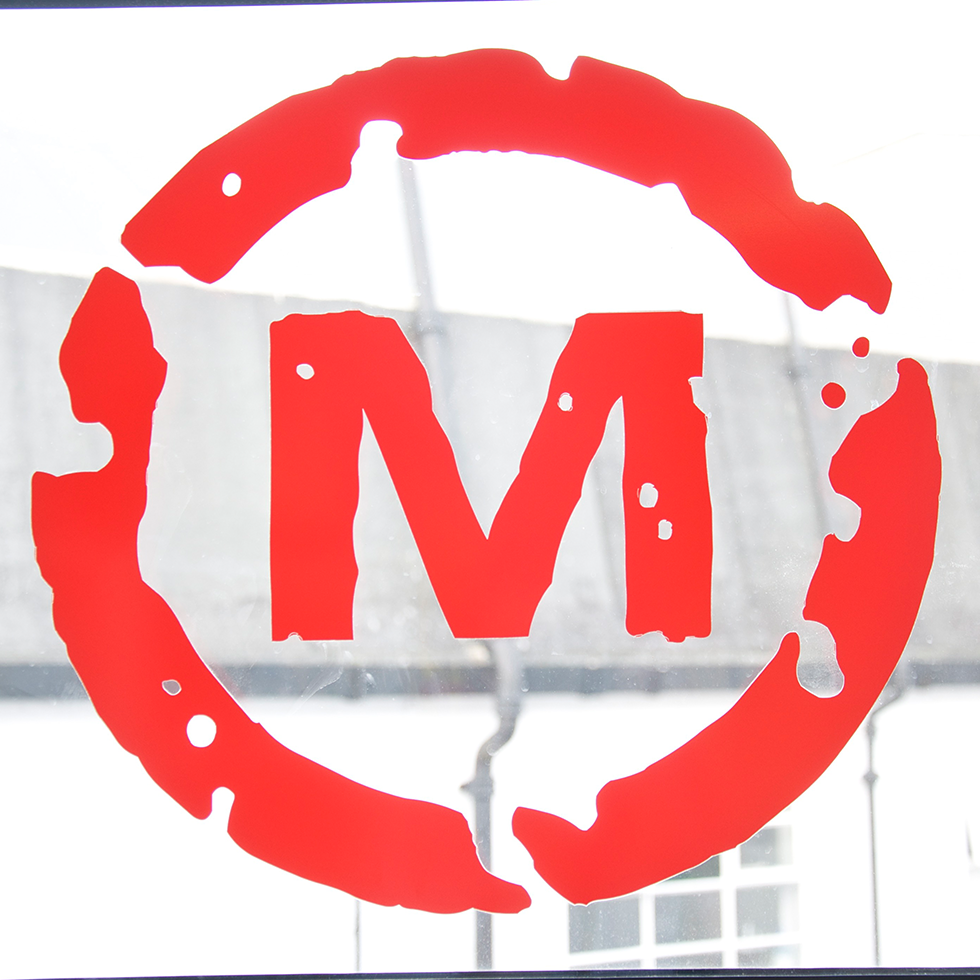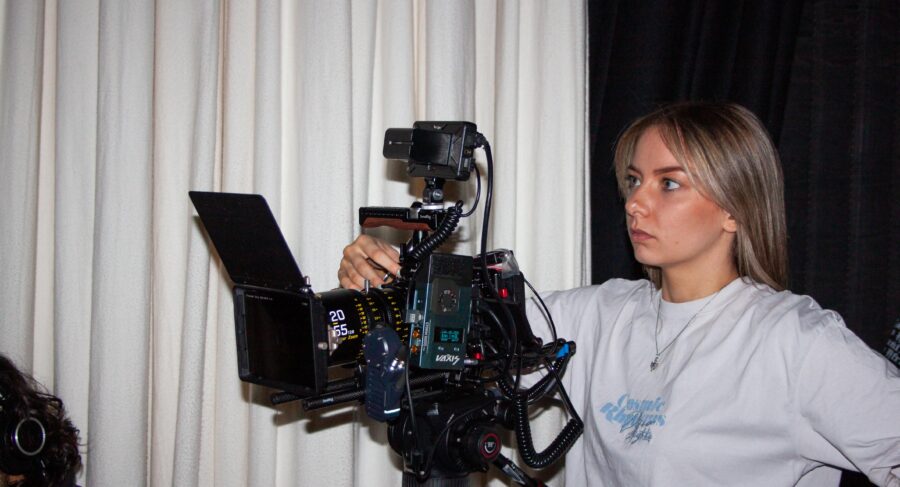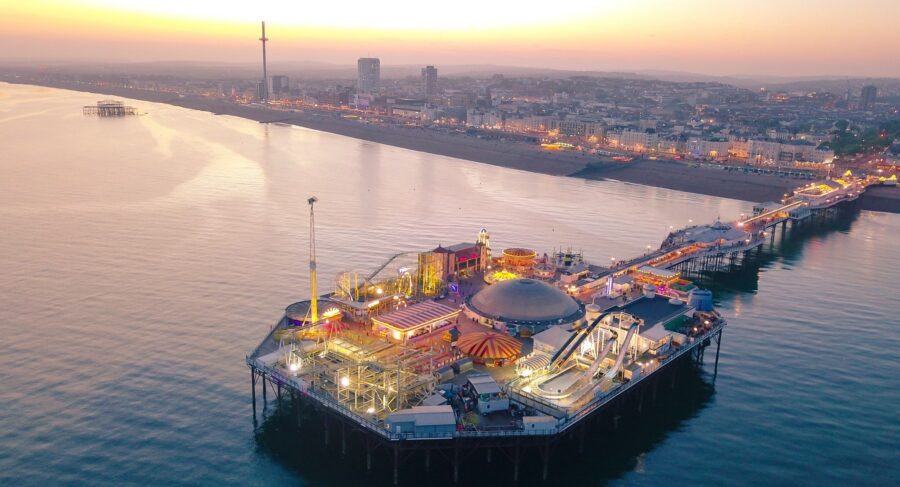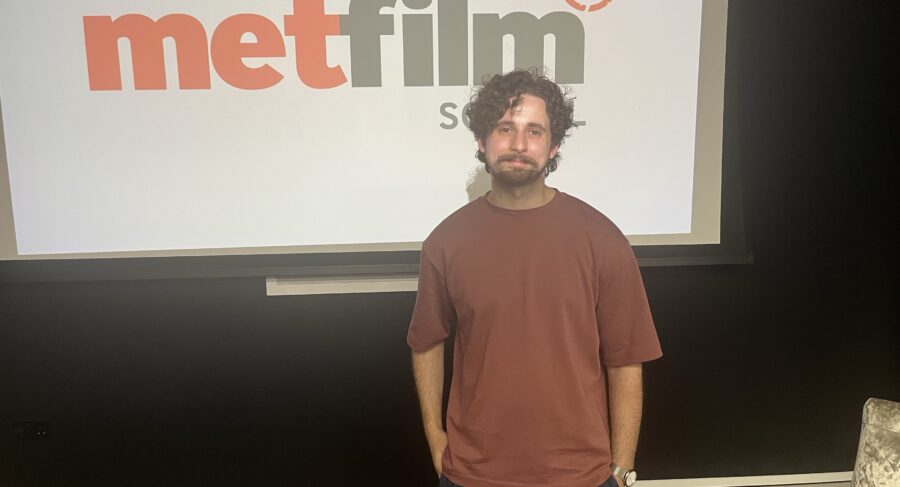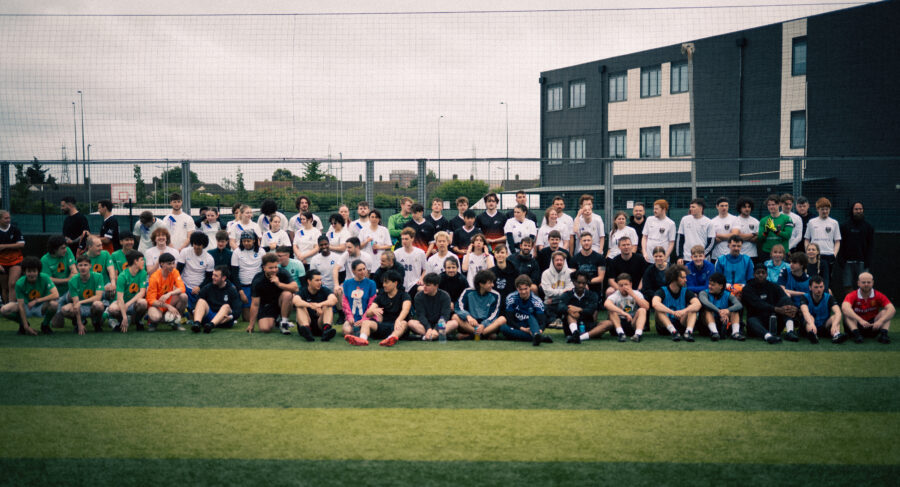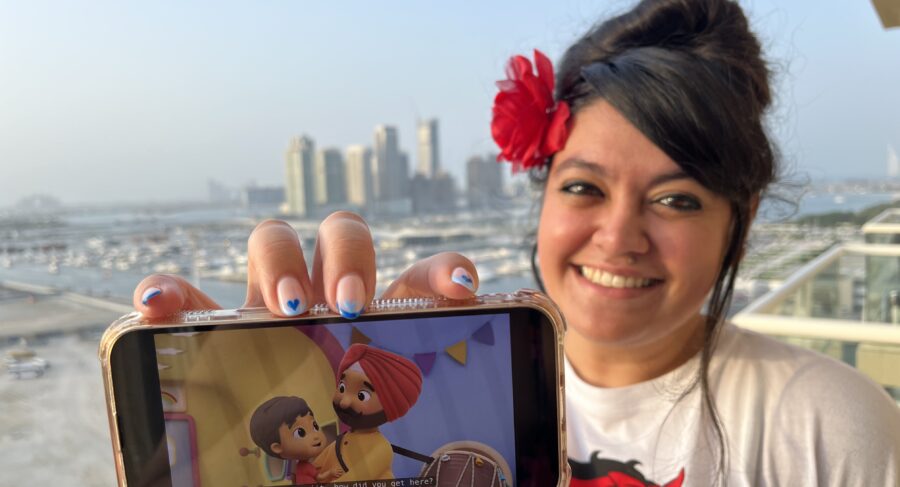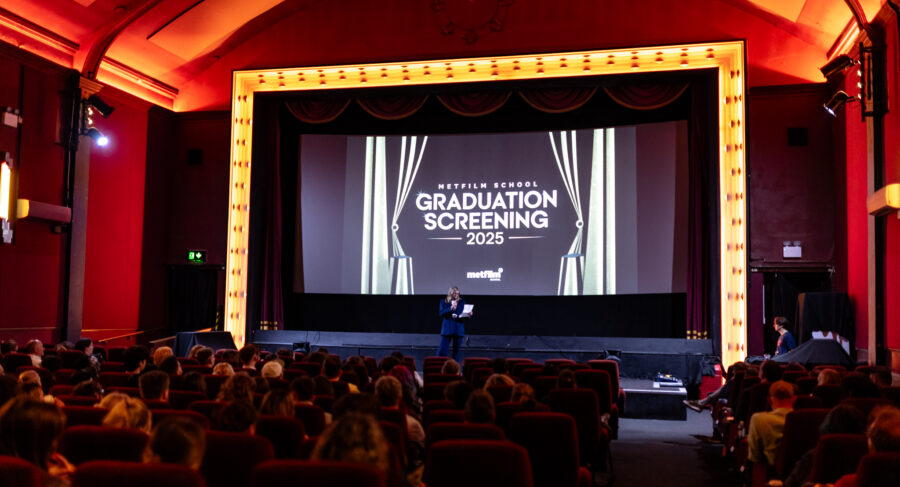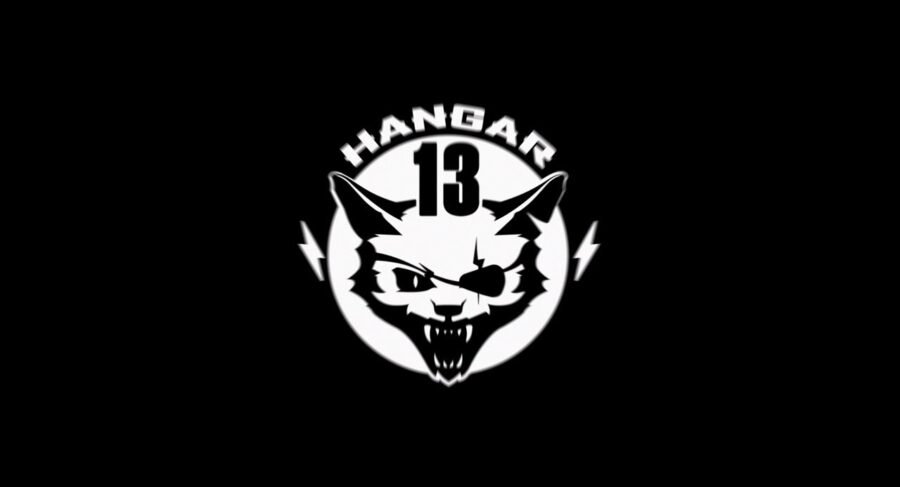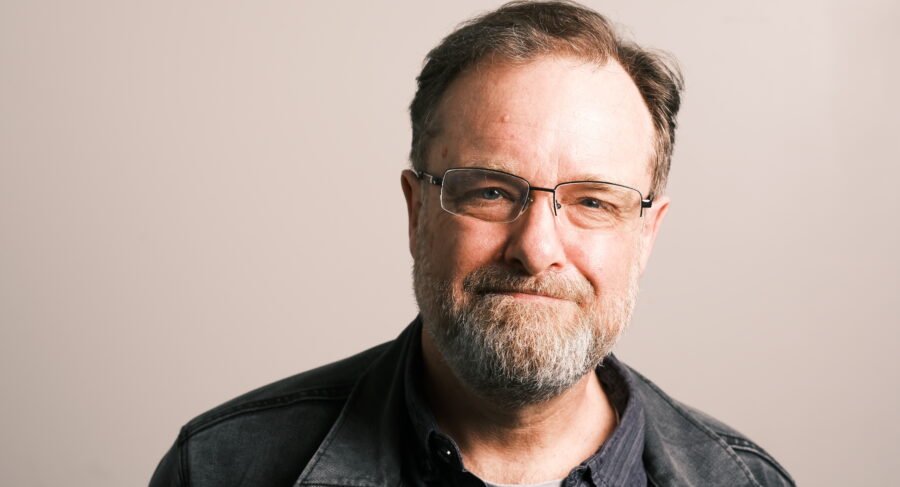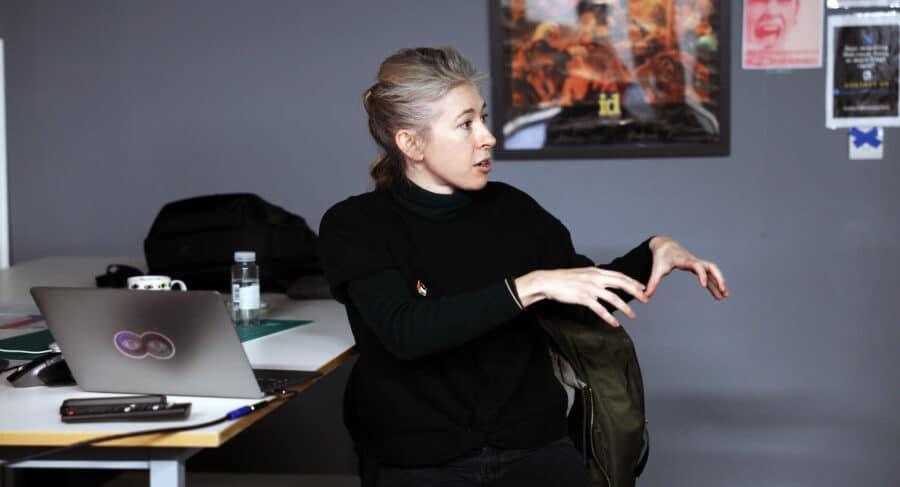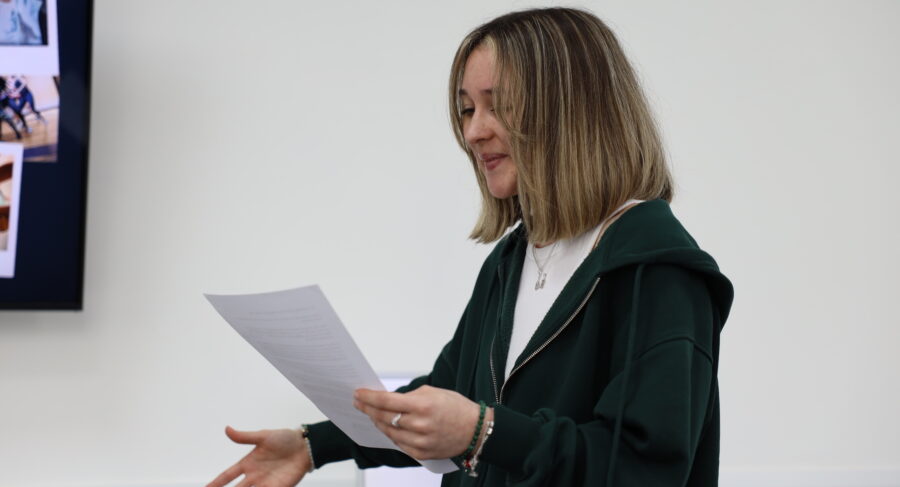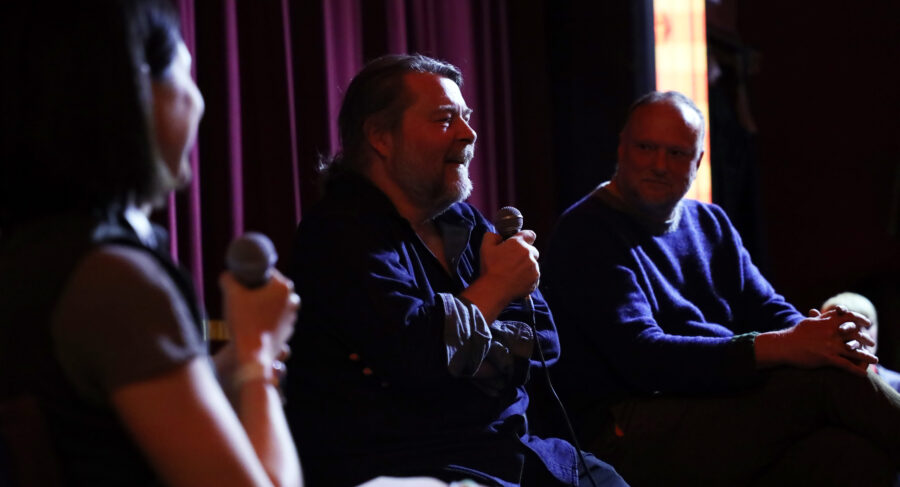The Craft of Editing
By William Boyd
30 December 2024
Editing is where filmmaking truly comes to life. Often described as the invisible art, editing shapes a film’s rhythm, emotion, and narrative flow. While directors and cinematographers capture the story, editors bring it together—deciding what stays, what goes, and how it all unfolds for the audience. It’s a craft that blends creativity with precision, transforming raw footage into a cohesive, impactful experience.
What Does an Editor Do?
An editor is the storyteller behind the scenes. Their role is to assemble the shots, structure the narrative, and enhance the emotion of the story. Whether it’s a split-second cut in a high-octane action scene or the lingering silence of a dramatic moment, editors influence how the audience feels every step of the way.
The editing process begins after production, with editors sifting through hours of footage. They collaborate closely with directors to achieve the film’s vision, balancing technical expertise with storytelling instincts. This involves:
- Selecting the best takes – Picking the shots that convey the right tone and performance.
- Pacing and rhythm – Setting the film’s flow through timing, cuts, and transitions.
- Sound and music – Integrating sound design and score to amplify the emotional impact.
- Visual enhancements – Collaborating on visual effects, colour grading, and refining shots for a polished final product.
For aspiring editors, the MA Postproduction at MetFilm School offers hands-on training, giving students experience with industry-standard tools and workflows to master the art of editing.
The Power of Pacing
Pacing is one of the editor’s most powerful tools. It determines how the audience experiences the story. Do you linger on a shot to create tension or cut quickly to heighten urgency? The rhythm of a film dictates its emotional core.
Consider the work of legendary editor Thelma Schoonmaker on Raging Bull. Her use of rapid cuts in the boxing scenes mirrors the chaos and intensity of the fights, while slower, deliberate pacing outside the ring highlights the character’s personal struggles.
Editing requires a deep understanding of timing and storytelling. A single cut can change the meaning of a scene—turning suspense into surprise or triumph into tragedy.
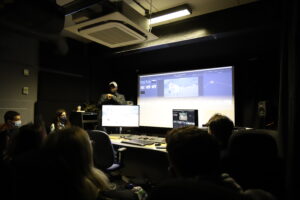
Collaboration: An Editor’s Greatest Skill
Editors work hand-in-hand with directors, cinematographers, and sound designers to bring a film to life. The editor must understand the director’s vision while contributing their own creative instincts. This collaboration often involves trial and error—testing cuts, experimenting with sequences, and fine-tuning scenes until they “feel” right.
In postproduction, editors also work closely with composers and sound editors to integrate sound design, music, and dialogue seamlessly. Sound often brings an additional layer of storytelling, and a good editor knows how to balance visuals and sound for maximum impact.
At MetFilm School, students on editing pathways gain this real-world collaborative experience, working alongside peers across disciplines in directing, cinematography, and sound.
The Challenges and Rewards of Editing
Editing is as challenging as it is rewarding. Sifting through hours of raw footage can feel overwhelming, but finding the perfect cut—where every shot falls into place—makes it worth the effort.
One of the greatest challenges editors face is objectivity. It’s easy to become attached to certain shots or sequences, but the best editors know when to let them go for the good of the story. As Walter Murch, the legendary editor of Apocalypse Now, said, “Always be prepared to kill your darlings.”
The reward? Seeing the story come together. A well-edited film feels seamless, pulling the audience into the world without ever calling attention to itself. It’s the magic of taking something fragmented and making it whole.
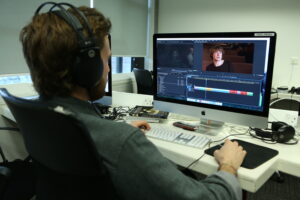
Tips for Aspiring Editors
If you’re looking to explore the craft of editing, here are a few tips to help you on your journey:
- Watch films with a critical eye – Pay attention to the cuts, pacing, and transitions. Ask yourself: why did the editor choose to cut there?
- Learn the tools – Familiarise yourself with industry-standard editing software like Adobe Premiere Pro, Avid Media Composer, or DaVinci Resolve.
- Start small and experiment – Edit short films, montages, or even re-cut scenes from existing films to practice storytelling and pacing.
- Think like a storyteller – Editing is about storytelling, not just cutting. Focus on character, emotion, and the story’s flow.
- Work collaboratively – Collaborating with directors and other creatives will teach you how to bring different visions together to serve the story.
- Take formal training – Courses like the MA Postproduction at MetFilm School provide mentorship, hands-on experience, and access to industry-standard tools.
Why Editing Matters
Editing is where all the pieces come together. It’s where a film’s heart, rhythm, and story are shaped into something unforgettable. Editors are often the unsung heroes of filmmaking, working behind the scenes to craft moments that make us laugh, cry, or hold our breath.
For those with a passion for storytelling and precision, editing offers endless opportunities for creativity. It’s where raw footage becomes art, where chaos becomes coherence, and where filmmakers connect with audiences in the most powerful ways.
ARE YOU INTERESTED IN BEING A PART OF THE NEW LEGACY AT METFILM SCHOOL?
Sign up to one of our Open Days:
OPEN DAYS
Find out more information on our courses by clicking below:
